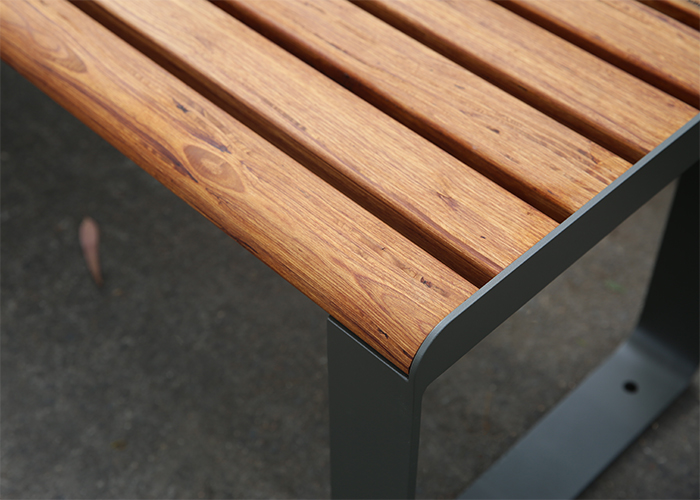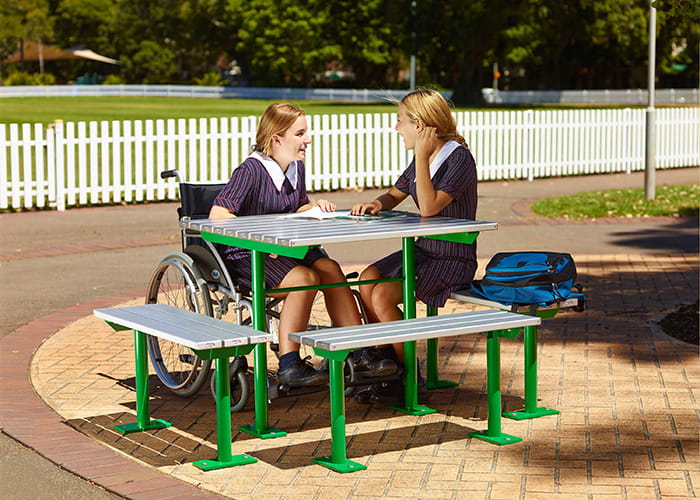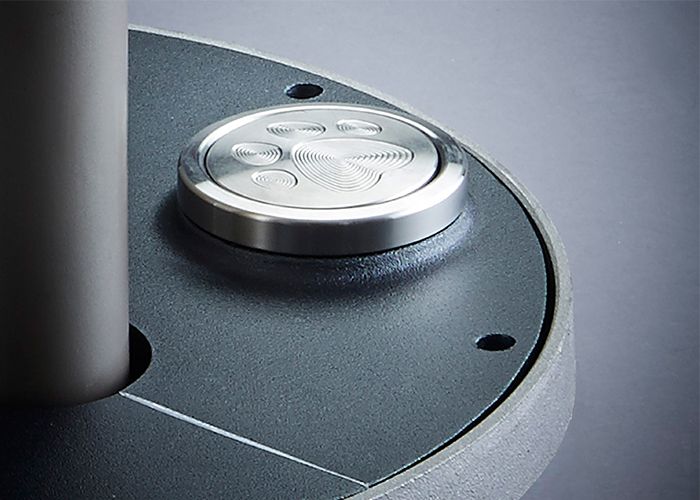
Also see our 2019 article: ‘How to Apply DDA to Street Furniture: Seats and Tables.’
Architect and design expert Ron Yuen explains DDA compliance in relation to Street Furniture Australia’s design and manufacturing processes.
What is the DDA?
The Disability Discrimination Act 1992 (‘the DDA’) makes it against the law for public places to be inaccessible to people with a disability. A person with a disability has a right to have access to places used by the public.
New South Wales, Queensland, Victoria and Western Australia have each developed transport action plans and strategies with a commitment to accessible transport compliant with the DDA and Transport Standards. The Transport Standards requires all modes of public transport in Australia to be accessible by 2022 and has minimum compliance milestones to be met every five years for existing and new transport conveyances, infrastructure, services and facilities.
For which clients is DDA-compliancy most important?
All buildings and sites are required to comply with the Disability Discrimination Act (DDA) (the overarching legal framework requiring accessibility to places) and the Building Code of Australia BCA (that references the accessibility codes AS1428.1 and .2).
But DDA compliance appears to be most critical for clients where sites are owned/ operated by councils and other government-based or controlled organisations.
What is the feedback from clients re the availability of this feature?
Most clients with whom I have contact ask for DDA compliance with our standard furniture, and a SFA certificate of compliance is provided upon request. Where clients are developing a custom seat, we provide DDA-compliance advice for their information.
How long has SFA produced DDA-compliant furniture?
SFA seats have always been ergonomically designed and suitable for accessibility, but our first designed DDA-compliant standard seat options (to AS1428.2) were done in about 1997.
How strict are the standards to adhere to at the design/manufacture stage? Is there a demand for DDA-compliancy across a great range of SFA products?
The accessibility standards AS1428.1-2009 and 2-1997 are a guideline for design/ manufacture. DDA compliance is certified by accessibility consultants (Certificate IV in Access Consulting) who make reports and certify furniture and sites as required for DDA compliance. Those consultants with a broader experience of accessibility issues use the standards as a guideline, acknowledging minor non-conformances where it is insignificant or inappropriate to the site. SFA DDA furniture has been assessed by an independent accessibility consultant as being DDA-compliant.
And, yes, DDA compliance is requested for seats, bins and drinking fountains, but it tends to be a ‘hygiene’ factor, not a driver for client decisions on furniture.
What is the difference between DDA-compliancy and Australian Standard AS1428?
The Federal Disability Discrimination Act 1992 (DDA) provides protection for everyone in Australia against discrimination that may occur when people with a disability are treated less fairly than people without a disability. This Act covers public access to sites and fixtures (e.g. street furniture).
The functioning of the Disability Discrimination Act (DDA) is supplemented by a series of Disability Standards and guidelines which provide more detail on rights and responsibilities about equal access and opportunity for people with a disability. Standards are legally binding regulations under the DDA. The Guidelines (or ‘Advisory Notes’) assist compliance under the DDA and accompanying Standards. Unlike the Standards themselves, they are not legally binding. Standards and Guidelines include access to premises.
The Advisory Notes on streetscape, public outdoor areas, fixtures, fittings and furniture covers those matters not included in the Premises Standards [Disability (Access to Premises – buildings) Standards 2010].
The Advisory Note on streetscape, public outdoor areas, fixtures, fittings and furniture (8 February 2013) references the Australian Standards AS1428.2-1992 and AS1428.1-2009, among other standards. Note that the Advisory Note is not mandatory but a checklist and reference point.
Australian Standard AS 1428.2:1992 – Design for access and mobility Part 2: Enhanced and additional requirements – Buildings and facilities provides technical details of elements such as reach ranges, telephones and street furniture. This standard is currently under review by Standards Australia following the introduction of the Premises Standards. While this standard is over 20 years old, it remains a valuable resource.
In summary, the AS1428.2 is the technical code for street furniture accessibility, but is not mandatory in the context of street furniture. The DDA has the overarching requirement (among other areas) that the disabled are not discriminated against in their access to street furniture. Therefore, SFA uses AS1428.2 as a guide, but works with an external accessibility consultant to ensure compliance with the Act. But overall, the ergonomics of the furniture related to the type of end users is the key driver for design/ manufacture of street furniture.
Explain terms ‘accessibility’, ‘inclusive design’ and ‘universal design’.
‘Accessibility’ refers to the characteristic that products (e.g. street furniture), services and facilities are appropriately available and can be independently used by people with a variety of disabilities without obstacles, undue inconvenience or hardship.
‘Universal design’ is “the concept of designing all products and the built environment to be aesthetic and usable to the greatest extent possible by everyone, regardless of their age, ability, or status in life.” – Ronald L. Mace, NC State University, College of Design
‘Inclusive design’ is “the design of mainstream products and/or services that are accessible to, and usable by, as many people as reasonably possible … without the need for special adaptation or specialised design.” – The British Standards Institute (2005)
Accessibility is derived from ‘barrier-free’ design and is aimed at addressing issues for people with disabilities.
Universal and inclusive design are converging terms and are often used interchangeably, although originating from different disciplines/countries. It relates to designs that can be accessed and used by as many people as possible.
Sometimes, “inclusive design is interpreted to embrace diversity in social and economic circumstances in addition to variation in age and ability” (as for universal design).
How are SFA products DDA-compliant?
SFA interprets DDA-compliance in accordance with AS1428.2 and external accessibility consultants’ reports. AS1428.2 is concerned with seats with backs (benches without backs are not covered because they are similar to walls and other building/hard landscape objects that can be sat upon), drinking fountains and bins.
What are the standards overseas?
Referenced in The Advisory Notes on streetscape, public outdoor areas, fixtures, fittings and furniture:
-
- Americans with Disabilities Act Standards for Accessible Design 2010 (ADA Standards);
- USA Draft Final Accessibility Guidelines for Outdoor Developed Areas.
Is it well understood in the industry? Any other comments?
The Architectural Engineering and Construction (AEC) industry tends to just want to comply with the DDA requirements of their clients, and use SFA as experts and a source of information and advice.
The most basic piece of advice is that benches (seats without backs) are NOT covered under the DDA or the standard.

Ron Yuen has more than 35 years’ experience in architecture and design.









